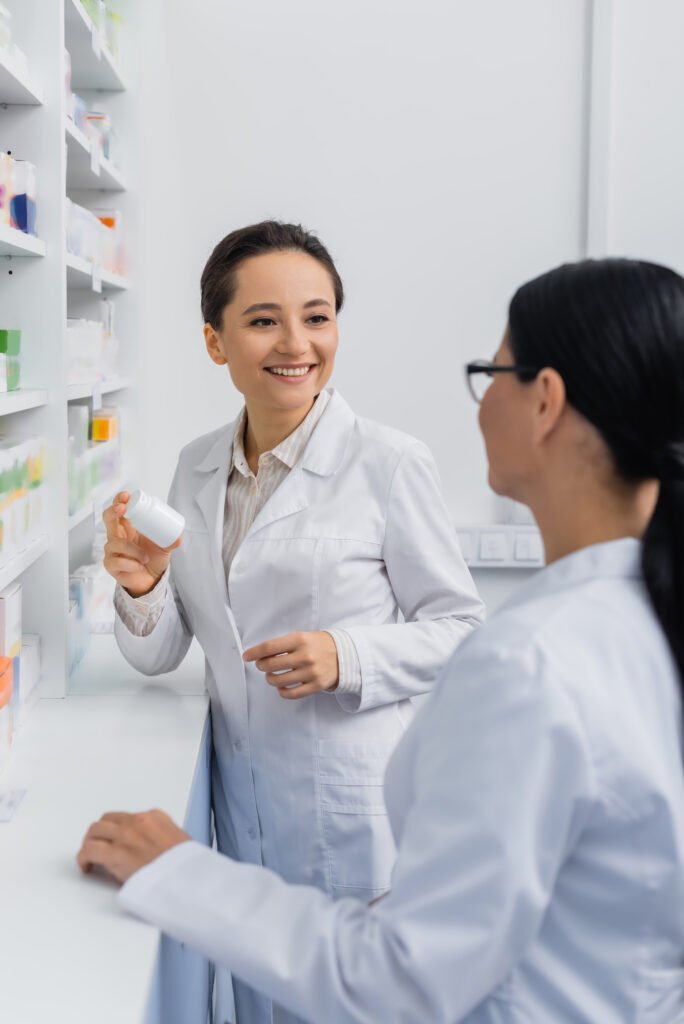Melanin is the pigment responsible for the color of your skin, hair, and eyes. It plays a crucial role in protecting your skin from ultraviolet (UV) radiation, acting as a natural barrier against the harmful effects of the sun. However, some individuals seek to reduce melanin levels for cosmetic reasons, such as lightening their skin tone or addressing hyperpigmentation issues. If you’re considering reducing melanin levels, it’s essential to approach the process safely and effectively. This comprehensive guide will walk you through safe methods to reduce melanin levels, the risks involved, and important considerations to keep in mind.
Understanding Melanin
Melanin is produced by cells called melanocytes, which are found in the skin, hair follicles, and eyes. There are several types of melanin, including eumelanin (which is responsible for brown and black pigmentation) and pheomelanin (which gives a yellow to red hue). The amount and type of melanin produced are influenced by genetics, hormonal changes, and environmental factors.
Reasons for Reducing Melanin
People seek to reduce melanin levels for various reasons, including:
This condition occurs when certain areas of the skin become darker than the surrounding areas. Common causes include sun exposure, hormonal changes, and certain medications.
Some individuals desire a lighter skin tone for cosmetic reasons, though this is a highly personal choice and can vary greatly based on cultural and societal influences.
Reducing melanin can help achieve a more even skin tone by addressing areas of uneven pigmentation.
Safe Methods to Reduce Melanin Levels
1. Topical Creams and Treatments
Topical treatments are among the most common methods for reducing melanin levels. These products often contain active ingredients designed to inhibit melanin production or exfoliate the skin to remove pigmented cells.
This is a widely used skin-lightening agent that works by inhibiting the enzyme tyrosinase, which is crucial for melanin production. While effective, it should be used under medical supervision as long-term use can cause side effects like skin thinning and irritation.
Prescription retinoids, such as tretinoin, help in reduce melanin production and improving skin texture. They promote cell turnover, which can lead to a more even skin tone. Over-the-counter retinoids are also available but may be less potent.
This antioxidant is known for its skin-brightening properties. It helps inhibit melanin production and reduces the appearance of hyperpigmentation.
This naturally occurring acid helps to reduce melanin production and is effective for treating acne-related pigmentation and melasma.
AHAs, like glycolic acid, exfoliate the skin and can help in lightening dark spots by removing dead skin cells and encouraging the growth of new, even-toned skin.
2. Chemical Peels
Chemical peels involve applying a chemical solution to the skin, which causes the outer layer to peel off, revealing fresher, less pigmented skin underneath. Peels can vary in strength and should be performed by a licensed dermatologist or esthetician to ensure safety.
These include glycolic acid and salicylic acid peels and are suitable for treating mild hyperpigmentation.
These are stronger and more effective for significant pigmentation issues but come with higher risks of side effects and require a longer recovery time.
3. Laser Treatments
Laser treatments target melanin in the skin with concentrated light energy, breaking up pigmented cells and encouraging their removal. Types of lasers used include:
These lasers work by creating micro-damage in the skin, which prompts the body to replace damaged skin with new, less pigmented skin.
These are effective for targeting specific pigment in the skin and are often used for treating age spots and melasma.
Laser treatments should always be administered by a qualified professional to minimize risks and ensure desired outcomes.
4. Natural Remedies
Some natural remedies are believed to have skin-lightening properties, though they are generally less effective than medical treatments and should be used with caution:
Contains glabridin, which may help to lighten skin by inhibiting melanin production.
Rich in antioxidants, green tea can help reduce pigmentation and improve skin tone.
This is used in some skin-lightening products and is thought to inhibit melanin production.
Risks and Considerations
Reducing melanin levels can come with risks, especially if not done properly. Here are some important considerations:
Skin Sensitivity:
Many skin-lightening treatments can increase sensitivity to the sun, leading to a higher risk of sunburn and further pigmentation. Always use sunscreen with a high SPF to protect your skin.
Side Effects:
Some treatments can cause side effects such as irritation, redness, dryness, or peeling. It’s essential to patch test any new product and consult with a healthcare provider if you experience adverse reactions.
Overuse:
Excessive use of skin-lightening products or treatments can lead to skin thinning and other complications. Follow recommended guidelines and avoid overuse.
Consult a Professional:
Before starting any skin-lightening regimen, consult with a dermatologist to discuss your goals, assess your skin type, and receive personalized recommendations.
Conclusion
Reducing melanin levels can address various skin concerns, from hyperpigmentation to achieving a lighter skin tone. However, it’s crucial to approach this process with caution and prioritize safety. Opt for proven and safe treatments, be mindful of potential side effects, and always seek professional advice before beginning any new skincare regimen. By doing so, you can effectively and safely achieve your desired skin tone while maintaining overall skin health.
